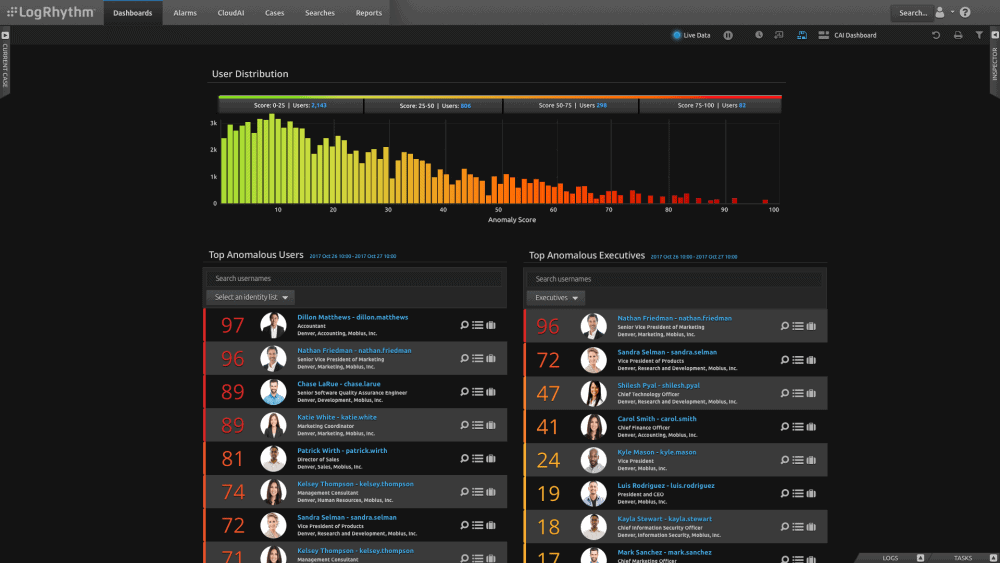

5,6 Examples of endophytes are the Aspergillus pathogens (A.

For example, the 5 genus species of fungal strains implicated in powderly mildew DO NOT plate at all. 3 And there is no ONE UNIVERSAL bacterial or fungal SELECTIVE agar plate that will allow the growth of all bacteria or all fungal strains.

This is further complicated by the fact that better than 98% of the microbes in the world do not form colonies. A single plating system can’t enumerate a group of microorganisms and/or detect specific bacterial and fungal pathogens.In fact, plating methods have a host of major disadvantages that only show up when they’re used to detect cannabis pathogens. 2 But cannabis isn’t food and can’t be tested as if it were. Plating systems have been used faithfully for close to 130 years in the food industry, and has performed reasonably well. Sherman Hom, Director of Regulatory Affairs at Medicinal Genomics molecular methods ( i.e., quantitative polymerase chain reaction, or qPCR for short). plating, which is basically growing microorganisms on the surface of a nutritional medium) is deeply flawed in its application to cannabis testing vs. Especially when the old, reliable reference method ( i.e. In the cannabis industry, rapid change is a constant, first because that is the nature of a nascent industry, and second because in the absence of some universal and unimpeachable standard, it’s difficult to know who’s right. When a new process or technology appears, we compare it against accepted practice to create a new paradigm and make the necessary adjustments. Much of that progress is due to our ability to build more accurate tools, a technological ladder, if you will, that raises our awareness, expertise, and knowledge to new levels. We’ve made tremendous progress since those early days, but we still have a long way to go, to be sure. For instance, the science of genomics 1 was born over 80 years ago, and just twenty years ago, genetics was still a black box. We are lucky to be able to carry out that examination in ever increasing detail. It may not be rocket science, but it is life science, which means it’s a moving target, or at least, it should be, as we acquire more and more information about how the world we live in works. Cannabis testing to detect microbial contamination is complicated.


 0 kommentar(er)
0 kommentar(er)
